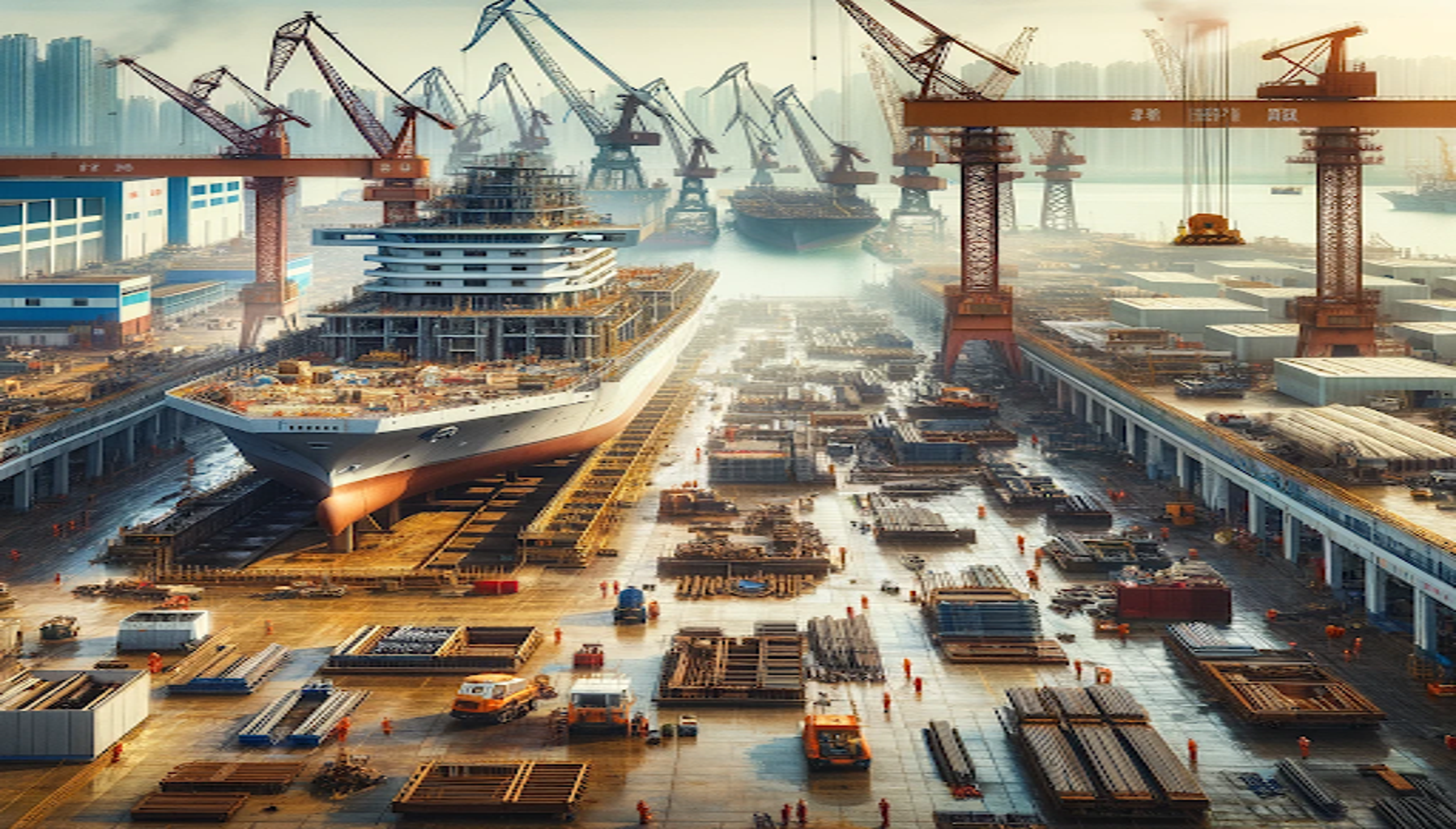China’s Shipbuilding Share Drops as Global Orders Decline

Chinese shipyards have experienced a sharp decline in their share of global shipbuilding contracts, falling from 72% to 52% in the first half of 2025, according to a recent report from BIMCO.
“In the first half of 2025, China’s share of newbuilding contracting fell to 52% from 72% in the previous six months. Growing concerns over USTR port fees on Chinese ships in US ports likely contributed to a decrease in contracting in China. This trend was further amplified by a drop in global ship contracting and a shift in the types of ships being ordered,” said Filipe Gouveia, Shipping Analysis Manager at BIMCO.
The upcoming U.S. Trade Representative (USTR) port charges, set to begin in October 2025, are expected to impact both Chinese shipowners and operators, as well as vessels constructed in Chinese yards. While certain exemptions exist — such as for smaller ships based on specific industries or short regional routes — the broader policy has already influenced buyer behavior.
BIMCO’s data also reveals that global newbuilding orders, measured in Compensated Gross Tonnage (CGT), dropped 54% compared to the same period last year. The biggest slowdowns were seen in the bulker, tanker, and gas carrier markets, which have been under pressure due to softer freight rates. By contrast, container ships and cruise vessels were the only segments to report increased order volumes.
Although China remains the leading shipbuilding nation, its rivals are gaining ground. South Korea, for example, led the gas carrier sector in 2024 and has now surpassed China in crude tanker construction this year.
Despite the challenges, Gouveia noted that global shipbuilders outside of China may struggle to absorb additional demand: “Even if shipowners try to avoid ordering ships in China due to USTR fees, there is a limit to the capacity available outside of the country. Consequently, if global ship contracting had not significantly dropped during the start of the year, China’s share of contracting would have likely been larger.”
The report also highlights the extended timelines shipowners face when placing new orders. A significant portion of vessels ordered in 2025 won’t be delivered for several years — with 31% scheduled for 2027, 38% for 2028, and 23% beyond that.
Meanwhile, South Korea and Japan — ranked second and third globally in shipbuilding — face internal challenges expanding production. Labor shortages driven by shrinking populations have raised labor costs, putting pressure on their competitiveness.
Looking to the future, Gouveia believes China’s shipbuilding sector remains strong for now: “China’s dominant position in shipbuilding is unlikely to significantly change soon, but the country could face increasing competition in the medium term. Countries like the Philippines and Vietnam, already small-scale producers of bulkers and tankers, may boost their output, benefiting from low labor costs. Meanwhile, although the US and India currently have limited shipbuilding capacity, both governments are actively working to strengthen their domestic industries. However, even if they succeed, it will take time for them to scale up production.”